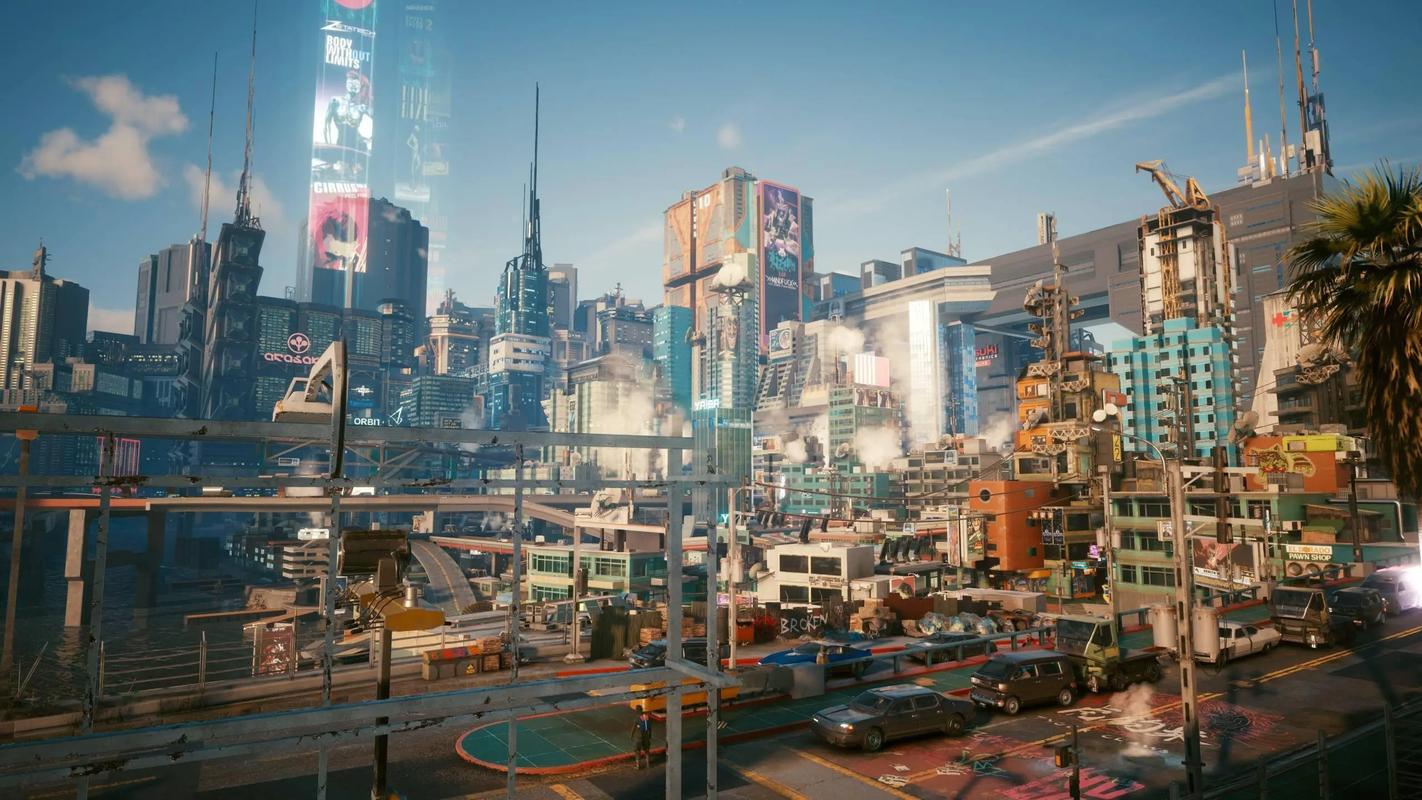The AAA gaming industry, a behemoth of creativity, technology, and capital, is navigating one of the most turbulent periods in its history. The headlines of 2023 and early 2024 have been dominated not just by blockbuster releases, but by a cascade of studio closures, mass layoffs, and strategic pivots that reveal a sector undergoing a profound and painful financial recalibration. The convergence of post-pandemic market corrections, skyrocketing development costs, and evolving monetization strategies is forcing a fundamental rethink of what it means to be a AAA game developer and publisher in the modern era.
The Hangover: Post-Pandemic Market Realities
The initial surge in gaming during the COVID-19 lockdowns was a financial windfall for the industry. With people confined to their homes, player engagement and software sales reached unprecedented heights. This period of explosive growth fueled ambitious expansion. Studios hired aggressively, greenlit numerous projects, and invested heavily in new infrastructure, operating under the assumption that this elevated demand was the new normal.
However, as the world reopened, the market began to contract toward its pre-pandemic trajectory. The audience’s time and disposable income were once again divided among commuting, travel, and live entertainment. This correction left many publishers over-extended, with bloated payrolls and portfolios that were no longer sustainable. The result has been a brutal wave of layoffs across the sector, impacting even the most successful companies. Microsoft’s acquisition of Activision Blizzard, a deal valued at nearly $69 billion, was followed by the layoff of 1,900 employees from its gaming division. Similarly, Sony announced cuts of about 900 staff across its well-known studios, including Insomniac Games and Naughty Dog. These are not signs of failing businesses but of corporations ruthlessly optimizing their operations after a period of over-investment, a clear financial response to a cooling market.
The Spiral: The Unsustainable Cost of Blockbusters
Beneath this cyclical adjustment lies a more existential financial challenge: the ever-inflating cost of AAA development. The pursuit of photorealism, vast open worlds, complex gameplay systems, and Hollywood-grade narratives and voice acting has created a development cycle that often spans five to seven years and requires budgets that now frequently exceed $200 million, not including marketing. The recent leak from Insomniac Games, following a cyberattack, revealed that Marvel’s Spider-Man 2 cost approximately $315 million to develop. This figure is staggering but increasingly becoming the benchmark for titles aiming to compete at the highest level.
This financial model is inherently high-risk. A single commercial failure on this scale can cripple a studio and severely impact a publisher’s stock price. To mitigate this risk, publishers have increasingly relied on proven franchises and safe sequels, leading to a market that can feel saturated with familiar IPs and hesitant to innovate. The pressure for each release to be a mega-hit discourages creative experimentation and contributes to the industry’s homogeneity. Furthermore, the length of these development cycles makes it difficult for companies to adapt quickly to shifting player tastes and new market trends, creating a significant lag between investment and return.
Monetization Evolution: Beyond the $70 Price Tag
In response to these crushing costs, publishers have been forced to innovate not just in game design, but in their financial models. The recent move to a standard $70 price point for new AAA titles was one attempt to increase revenue, but it is widely acknowledged that this alone is insufficient to offset development inflation and turn a significant profit. Therefore, the real financial engine for most major releases has shifted to post-launch monetization.
Live-service models, battle passes, and sophisticated in-game stores have become ubiquitous. Games like Suicide Squad: Kill the Justice League and Skull and Bones, built from the ground up as live-service titles, represent massive financial bets on this model. The potential rewards are enormous; a successful live-service game can generate recurring revenue for years, far outstripping its initial sales. However, the risks are equally high. The market for live-service games is fiercely competitive, and player retention is a constant challenge. The high-profile struggles of titles like Suicide Squad demonstrate that players are increasingly selective about which games command their ongoing attention and spending.
Alongside live-service, the expansion of premium downloadable content (DLC) remains a cornerstone strategy. Large-scale narrative expansions, such as Phantom Liberty for Cyberpunk 2077, act as a powerful second wind for a game’s financial lifecycle, attracting both new players and returning veterans at a premium price point. This strategy effectively elongates the revenue-generating window of a core title, improving its overall return on investment.
Acquisitions and Consolidation: A Strategy for Scale
The financial pressures have also accelerated an industry-wide trend toward consolidation. Major platform holders like Microsoft, Sony, and Tencent are engaged in an arms race to acquire valuable intellectual property and development talent. Microsoft’s acquisition of Activision Blizzard is the most extreme example, a move designed to instantly bolster the value of its Xbox Game Pass subscription service by adding a massive library of iconic franchises.
This consolidation is a defensive financial strategy. By bringing development in-house, publishers can control costs, secure content for their platforms and subscription services, and share technology across studios to improve efficiency. For smaller studios, being acquired provides the financial security needed to survive the development of a AAA title without the constant threat of bankruptcy. However, this trend also raises concerns about market competition, the potential homogenization of creative output, and the fate of mid-tier studios that are too large to be niche but too small to compete with the budgets of the conglomerates.

Looking Ahead: A Necessary Reckoning
The current financial turmoil in the AAA space, while painful for the thousands of talented developers affected, may be a necessary market correction. It is forcing the industry to confront the unsustainability of its current "go big or go home" approach. The future likely holds a more diversified strategy. We may see publishers investing in a portfolio that includes both tentpole blockbusters and smaller, more innovative AA projects with lower financial risk. The success of games like Lethal Company and Palworld proves that massive player engagement can be achieved without a $300 million budget, a lesson large publishers are surely noting.
Furthermore, the industry must continue to refine its monetization strategies to be perceived as fair and value-driven by players, avoiding the pitfalls of predatory practices that trigger player backlash. The financial future of AAA gaming depends on building a more resilient, adaptable, and player-responsive model—one that can support both breathtaking artistic ambition and solid, sustainable business fundamentals.















